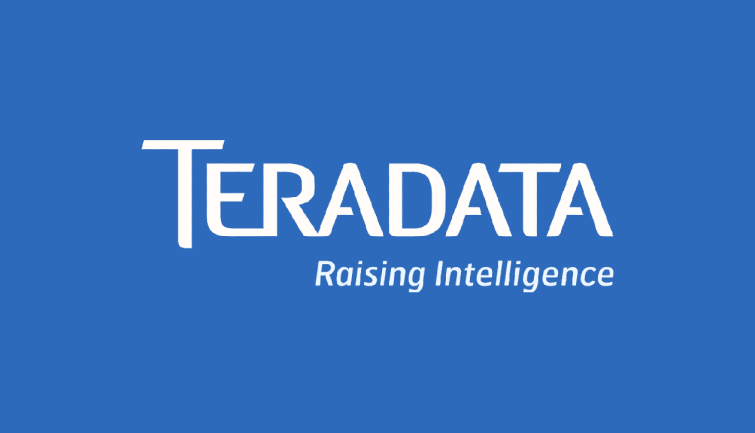"SwiftKanban supported the most robust set of features."
– Elisia Getts
Agile Transition Coach


SwiftKanban supported the most robust set of features, including drag-and-drop interface, ability to configure boards (from simple to complex), the ability to define our own card types.
– Elisia Getts
Agile Transition Coach
Other Case Studies
Teradata completes a project one month early and under budget, using Kanban with sprints.
Implementation of Kanban
When And How Did You Decide To Implement Kanban?
We decided to use Kanban in about 2015. We had tried implementing Scrum for data warehouse implementations, where it worked for some projects, but not others. For data integration work, which has a lot of complexity (multi-tier data architecture and complex analytics) and variability (data quality issues, missing data), Scrum and its sprints didn’t accommodate some work items, which could take more than 4 weeks to complete. Kanban provided more flexibility and the ability to start where you are (using the customer’s existing development teams, for example), but to visualize and optimize workflow.
What Business Functions Have you Implemented Kanban In?
We have implemented Kanban internally for Product Management (planning and implementing new products and associated initiatives and tasks) and with our customers, who are using it for the more complex, multi-tier data warehouse development (some data warehouse development is still commonly done using Scrum, where it is a better fit; for example in BI development and application development). Kanban (or ScrumBan) is also used in some data migration projects.
What Benefits have you Experienced due to Implementing Kanban?
The primary benefit results from breaking down work items into smaller components that result in a much-reduced time-to-delivery. For example, at one company, release time for a Data Integration Team was reduced from every 6 months down to every 2 weeks. Another benefit is the visualization of the work to stakeholders, which can assist in getting issues resolved. Another project was completed one month early (it was a 10 or 11-month project) and under budget, using Kanban with sprints to define delivery cycles to the customer. In that same project, they were able to reduce the amount of testing time (they used test-driven development and continuous integration as well) for a release and reduce the number of test errors reported.
Did You Invest In A Lot Of Formal Training And/ Or Coaching In Kanban?
We have 7 AKTs, so we do our own Kanban training and certification. We have trained and certified (TKP) over 600 associates in the last two years.
How did SwiftKanban Help?
When did Your Organization Start using SwiftKanban?
We started using SwiftKanban around 2014.
Which Other Tools did You Evaluate Before Selecting SwiftKanban?
We evaluated LeanKit, JIRA, Rally, and ServiceNow in addition to SwiftKanban.
What Are Some Of The Key Strengths And Weaknesses Of SwiftKanban That You Would Like To Highlight?
a) We are a consulting company, so we use SwiftKanban internally and can use our experience with it to provide guidance to our customers on the use of a Kanban board and the SwiftKanban tool.
b) On customer projects, the development teams use SwiftKanban to track their work more effectively and use the built-in charts to capture metrics, such as blocked time and cycle times.
Would You Recommend SwiftKanban To Others? If Yes, Could You List the Top 3 Reasons For Doing So?
If a customer doesn’t have an agile tool, then we recommend SwiftKanban for the following reasons:
a) We are familiar with the tool and can provide training and mentoring to our consultants.
b) Robust set of features.
c) Great support – You are very receptive to incorporating new features and bug fixes and very responsive to adding new features, depending on what they are.
Ready to give SwiftKanban a try?
Try our Enterprise Plan FREE for 30 days.


